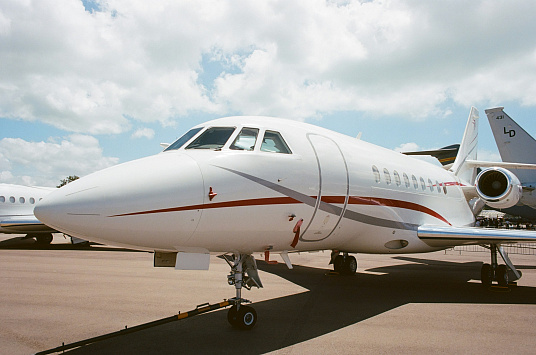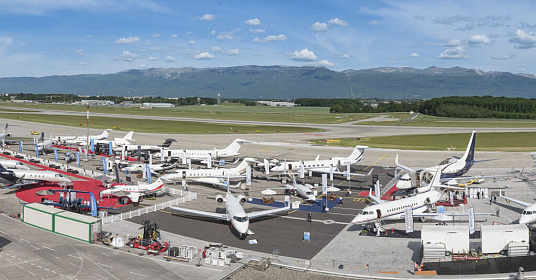Top 5 Mistakes When Buying a Private Jet: A Checklist from an Aviation Attorney and Broker

Buying a private jet isn’t just about prestige and comfort — it’s also a complex legal, financial, and technical process. We’ve put together the key mistakes to avoid if you’re entering this market for the first time — whether as a future owner or as a trusted representative.
1. Ignoring Tax Implications
Mistake:
Overlooking the tax consequences when choosing the aircraft’s registration jurisdiction and ownership structure.
What to consider:
Offshore registration can raise red flags with regulators. Holding the jet through a legal entity may be more cost-effective but requires a carefully planned structure. There are nuances around VAT, property tax, and resale taxation.
Legal tip:
Involve a tax advisor before you start the transaction. The right ownership setup can save you millions.
2. Poor Registration and Jurisdiction Choices
Mistake:
Registering the aircraft in a country that complicates operation, insurance, or resale.
What to consider:
Some registries (e.g., Isle of Man, Malta, San Marino) are convenient for ownership but unsuitable for commercial use. Not all jurisdictions are accepted by international lessors and banks. Registration affects access to maintenance and certain flight routes.
Broker’s tip:
Choose a jurisdiction that aligns with your operational goals and makes it easy to exit ownership in the future.
3. Skipping a Full Technical Audit
Mistake:
Relying solely on appearance or the seller’s assurances.
What to consider:
A visual inspection and paperwork don’t guarantee the aircraft’s real condition. Fixing hidden defects can cost over $1 million. Some jets only seem like a bargain until the first major maintenance check.
Recommendation:
Use certified maintenance centers (ideally those affiliated with the manufacturer) to perform a detailed pre-purchase inspection. Don’t rely on informal opinions — only official diagnostics.
4. Overlooking Certification and Crew Requirements
Mistake:
Buying a jet that isn’t certified for the regions where you plan to fly, or not factoring in crew requirements.
What to consider:
Some models aren’t allowed in Europe or the US due to noise and emissions regulations. Pilot qualifications vary by aircraft type. Certifications like RVSM, ETOPS, and ADS-B are mandatory for international flights.
Tip:
Check current aviation regulations and consult with the operator who will handle your flights.
5. No Ownership and Exit Strategy
Mistake:
Buying on emotion, without evaluating operating costs, depreciation, or a future exit plan.
What to consider:
A jet requires maintenance, hangar space, crew, and insurance — often adding up to hundreds of thousands of dollars per year. Some models lose up to 20% of their value within the first two years. Chartering or fractional ownership might be smarter alternatives.
Recommendation:
Develop a clear plan: who manages the jet, how it will be used, and what your exit strategy is for the next 3–5 years — whether you’ll sell, upgrade, or lease it out.
Bottom line:
Buying a private jet is a complex project that demands input from an attorney, an aviation broker, a tax consultant, and a technical expert. Mistakes at the outset can be very costly — and not just financially.
If you’re at the planning or selection stage, build a team of professionals and take a systematic approach. In aviation, mistakes are rarely forgiven.





